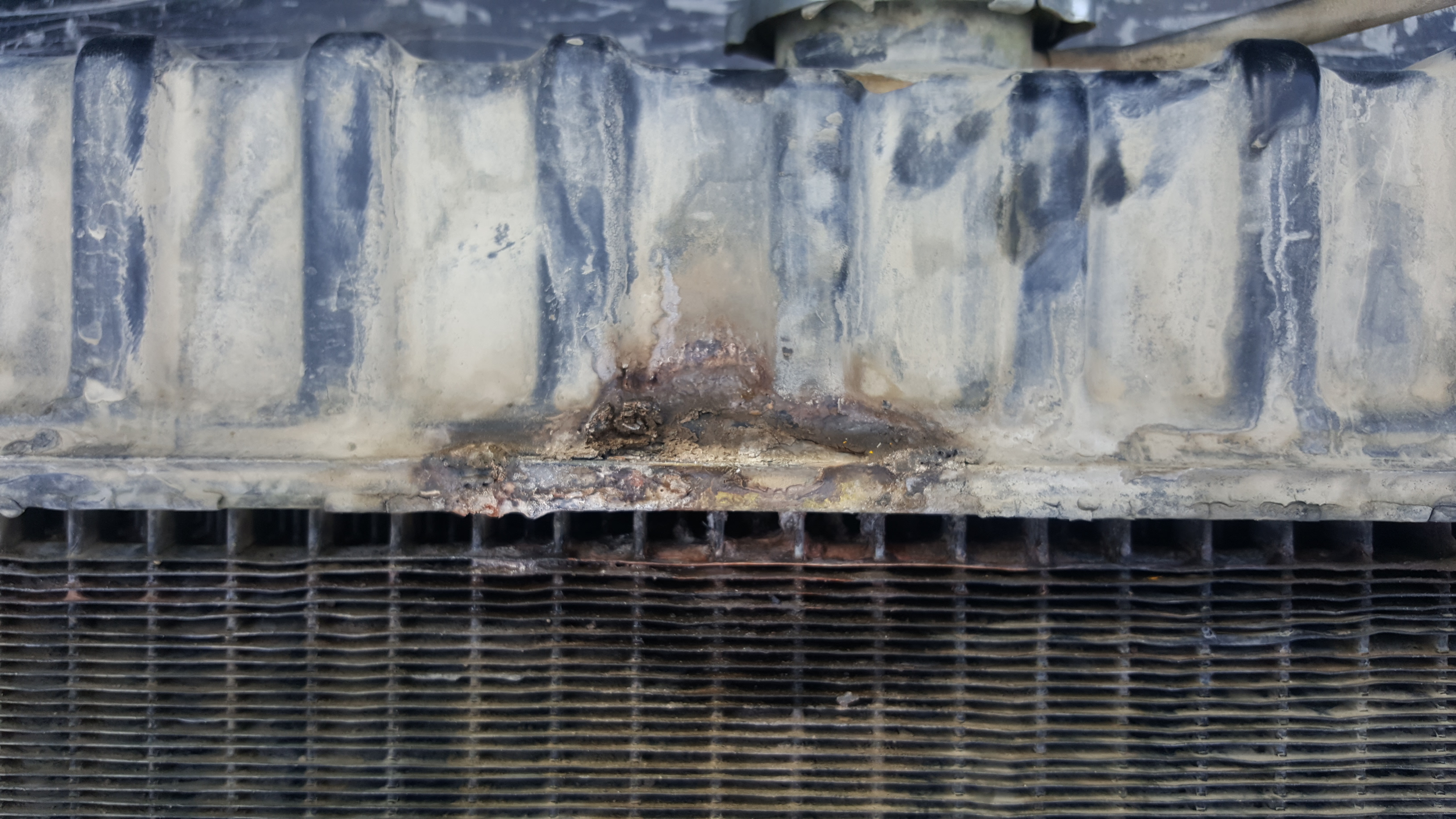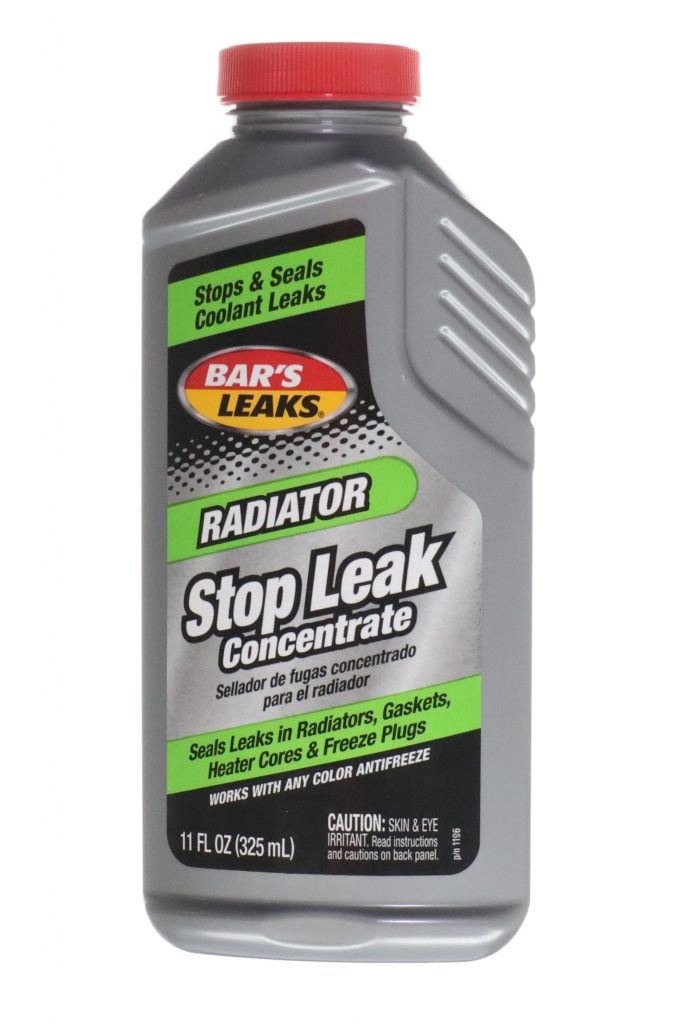
If it does, turn off the lockshield valve as well. However, this is a simple fix if you have some PTFE tape.įirst, turn on the valve and see if any water leaks from underneath the cap.
#Radiator leak how to
If you have followed our instructions on how to fix a valve but your radiator is still leaking, the issue might actually be with the gland. Alternatively, call a plumber and see if they can offer further guidance. If this fails as well, you may have confused a spindle leak with a valve leak, so follow the instructions we have listed above. However, if the leaking doesn't stop after you've tightened this, undo the gland nut again and wrap some PTFE tape around the spindle.

If you're certain the issue has been fixed, close the bleed valve.Ī simple problem to repair, all you need here is a spanner to tighten the gland nut. Once your radiator has filled up again, check to make sure there are no leaks. Now, re-tighten the union nut and open the lockshield and bleed valves. Once you've done this, turn the bleed valve to release any water and wrap the tip of the valve in tape (preferably PTFE). Next, place towels and bowls underneath the radiator and undo the union nut. Remember to count how many turns you make to close the lockshield valve completely. Once you've done this, turn off the lockshield valve (which has the plastic cap) and the supply valve (where water enters). To repair a leaking valve, you will have to drain the system to below where the leak is coming from. If these become loose, leaks will occur.Įach of these parts will require a slightly different method to fix, so read the instructions listed below carefully.Ī spanner, a flat-head screwdriver, PTFE tape, towels and bowls.
#Radiator leak series
If you have a compression heating system, you will have a series of joints connecting your radiator to the pipes. If you fix your valve and it's still leaking, the issue may be the gland. The spindle connects your radiator to the pipework and is often the main cause of a leak if it becomes damaged or loose.Ī radiator gland is a small fixture that lives underneath the plastic lid of the valve.

Valve leaks are relatively common and are easy to fix. However, leaks will only occur when the valve is open and stop when it is closed.

If you find that your radiator valve is leaking, this is likely due to damage in the internal spindle packing. This will lead to corrosion inside your radiator, causing water to leak from the body (or the affected area). Sediment and minerals from unfiltered water will build up over time if they are left untreated. If one part of the radiator soaks the tissue roll, you've found the source of your leak. To do this, dry your radiator completely using a towel and place some tissue roll over each fixture. Radiator leaks can come from a number of different places, so you'll need to figure this out before you can begin any repair work.


 0 kommentar(er)
0 kommentar(er)
